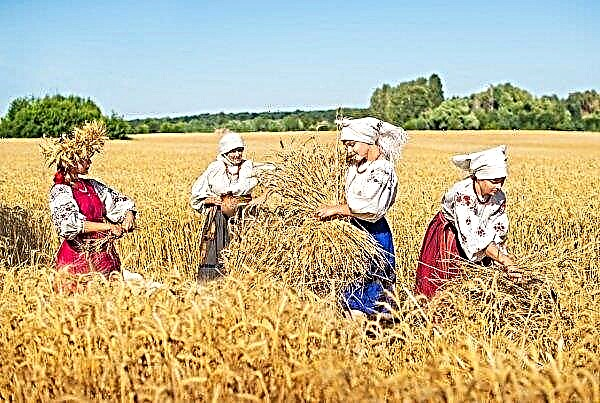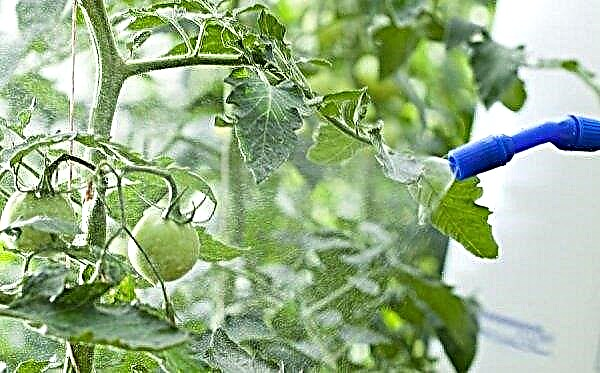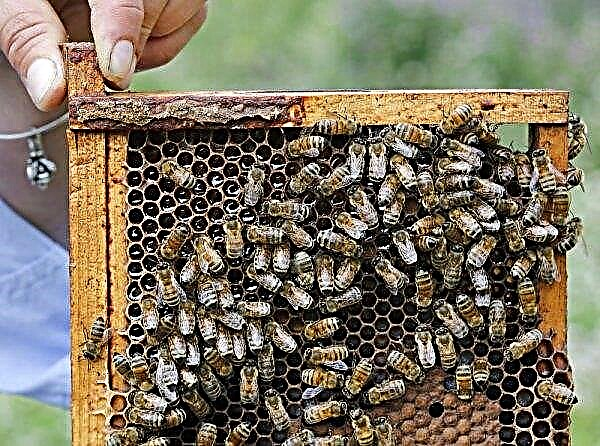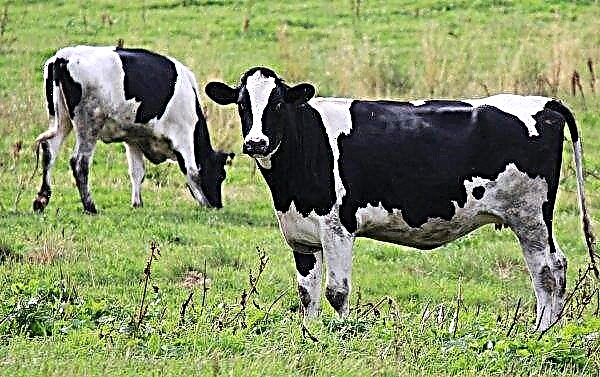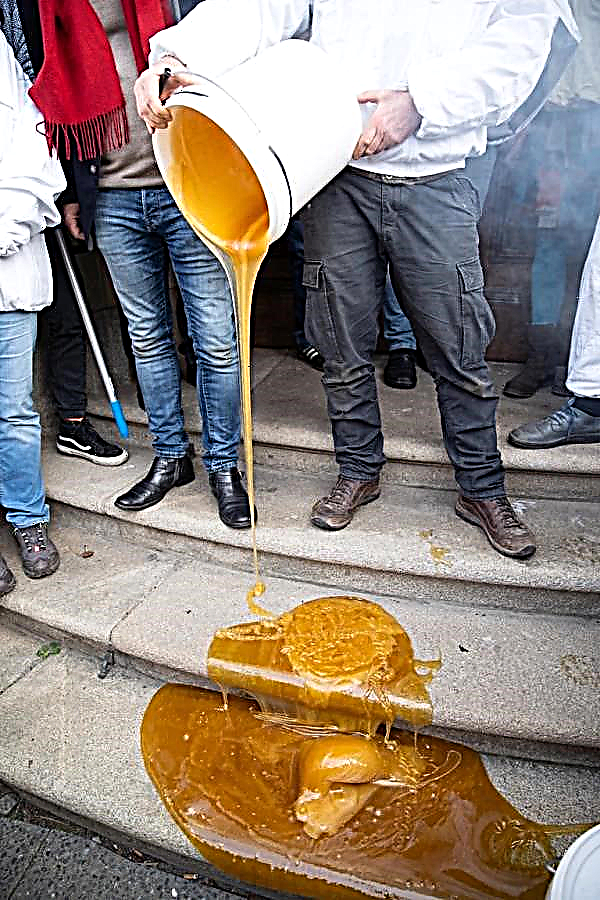Among the variety of garden plants, there are those that have no competition in beauty and decorative characteristics. One of these is hydrangea. The variety of species only emphasizes the richness of colors and the ability to decorate any garden, cottage, household territory.
Botanical grade description
Botanists combine hydrangeas under the general name Hydrangea. The family has about 80 species, each of which is spectacular in its own way. The advantage of the hydrangeas is that many varieties are early, begin to bloom even when the rest of the flowering have only formed buds and are preparing to dissolve them.
A worthy representative of panicled - a variety of Early Harry (Early Harry hydrangea panicula). The homeland of the bush is considered East and South Asia. However, at present, this flowering bush can be found in almost any country in the world - both in the Far East and North America.
Adzisai (the Japanese name of the flower) is quite demanding, in the wild they practically do not grow, they require systematic care, timely watering and careful handling. Currently, shrubs are grown only in gardens, a large number of plants are produced in greenhouses for sale.Did you know? Hydrangea got its name from the name of the Roman princess, in translation it means "a bowl of water." But in Japan, the flower is called the "purple sun."

The main feature of hydrangea is its hydrophilicity. A popular inhabitant of the garden is used in landscape design for both single and group plantings. Looks good in the composition of color compositions along with begonias, lupins, irises, tulips. Ideal combination with a canoe, miscanthus, falaris, narcissus, primrose.
Shrub dimensions
Panicled hydrangea Early Harry has a compact size, it rarely grows above 1.5 m. In girth, the bush is very different: depending on the method of planting and how it grows around the site.

Harry's seedlings are small, elongated shoots. An adult shrub tends to be round and perfectly formed even without pruning. The crown of the plant is spreading, but can slightly lean to the side, since the hydrangea branches of this variety are quite large and heavy.
Important! Excess fertilizer harms the bush. This is expressed in the fact that too "overfed" bushes give excessively long branches that break off under the weight of inflorescences.
Flowering time
The flowering period of Early Harry falls on the period from the beginning of June and lasts until the beginning of September. In cold climates and with insufficient watering, the flowering shrub can bloom later, in early July, and also finish flowering earlier. On adult bushes growing in warm countries, for example, in Italy, Spain, Thailand and others, buds appear at the end of May.

Inflorescences
One of the interesting features of Early Harry hydrangea is the incredibly delicate color of the flowers. Immediately after opening, they are bright white, but a couple of weeks later they find a pale purple or pale pink undertones. The shape of the inflorescences is conical, oblong.
They bloom gradually. Four-leaf flower, flat, on a long stalk. The shoots at the inflorescence are painted in a dark pink shade. The leaves of the panicled shrub are light green, with small white spots on the edges and a pink stripe on the inside.
Did you know? The secret of a long life bouquet of hydrangeas: after cutting, dip the shoots in boiling water for 30 seconds, and only then put in a vase. So the flowers will retain freshness and color saturation for a long time.
Growing Features
To grow Early Harry hydrangea, you need a well-drained and well-moistened fertile soil, as well as a semi-shaded or moderately lit area. Landing requires a pit no deeper than 30 × 30 cm. The soil acidity level is medium. Before planting, any ready-made mineral fertilizers, for example, Fertiku, are added to the ground. Landing is performed in May or September.
Other features:
- moderate watering recommended, moisten the soil as it dries, constant humidity harms the roots;
- pruning of branches is carried out at the end of October, after flowering is completed;
- water for irrigation is taken necessarily settled, not flowing;
- plant roots need access to air, good ventilation, because basal soil is not deeply loosened during the entire flowering period;
- pruning is performed for those bushes that are older than 4 years old, younger ones do not touch, allowing them to grow arbitrarily;
- all blooming hydrangeas are pruned before the formation of buds, in early March, so that the bush does not run out of juice and does not disappear;
- pruning of shoots is performed by secateurs at a height of 3 kidneys;
- all cut branches from panicled species produce viable cuttings that can then be rooted.
Before wintering, hydrangea must be protected from the cold. Young bushes are almost completely sprinkled with earth, and adults are covered with spanbond. So that the material does not fly away, it is pressed to the ground with bricks. For protection, in severe frosts over covered hydrangeas they put metal frames that rise 15–20 cm above the bush. This space is filled with dry foliage, which creates an additional protective pillow.Important! Early Harry changes the color of leaves by autumn: from bright green they turn into rich copper with a lemon tint. Inexperienced gardeners mistakenly take this process as a signal of a lack of fertilizer, but this is a variant of the norm.

A sophisticated flowering shrub will delight the eye throughout the summer, and with proper care, the plant will quickly grow throughout the site. The variety of species makes hydrangea an ideal gardener.
Reviews
The very, earliest variety - Early Harry - 1.2-1.5 m, blooms in early June, already pepper flowering.


